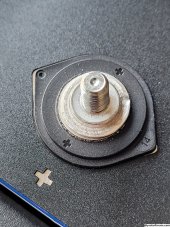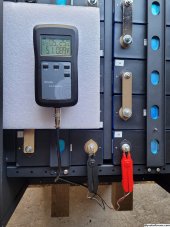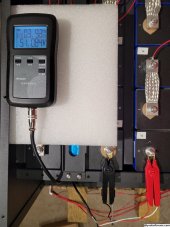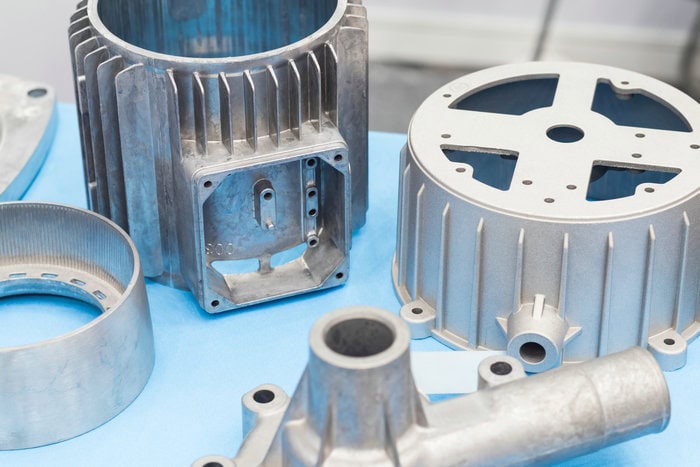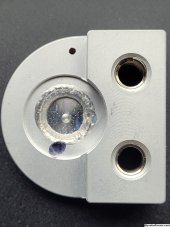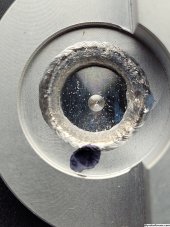Yesterday I did my own tests with another 16S LF280K pack with flexible bus bar and soldered round terminals.
Terminal with oxidation, a thin white film can be seen.
View attachment 171947
So, I decided yesterday not to use grease on my terminals.
Measured yesterday with YR1035+, 16S LF280K battery with flexible bus bar. With oxidation (after 20 months) I measure a total resistance between + and - (without BMS) of 4.07 mOhm and without oxidation (rubbing by hand with steel wool then cleaning the bus bar and terminals with alcohol 96%) I measure an IR of 3.92mOhm.
Note that after removing the oxidation I do not see it coming back after 5 minutes. This is in line with the YouTube video explaining that new aluminum alloys no longer oxidize as before.
Test carried out the same day when replacing non-flexible bus bars with flexible bus bars. Nut tightened to 7.5 Nm.
I conclude that it is not necessary to add grease or other high-tech compounds. We are not in aeronautics.
On the other hand, removing oxidation and cleaning the terminals before attaching the bus bars is a good practice.
I'll test it like this and watch the behavior in the coming months/years.
Concerning the official EVE terminals with helicoil and a matte gray appearance. I'm still waiting for EVE's response on this. I will keep you informed.



